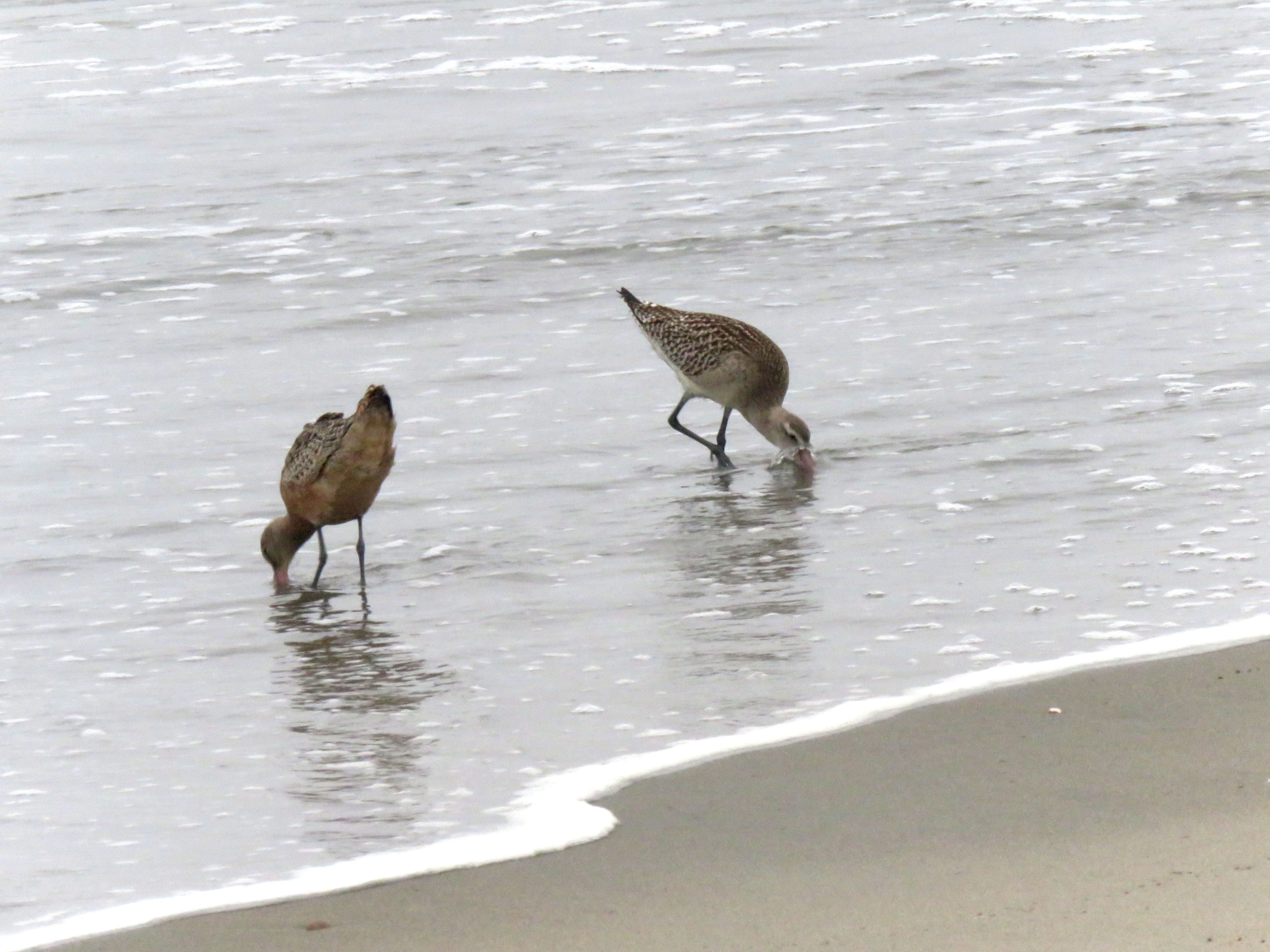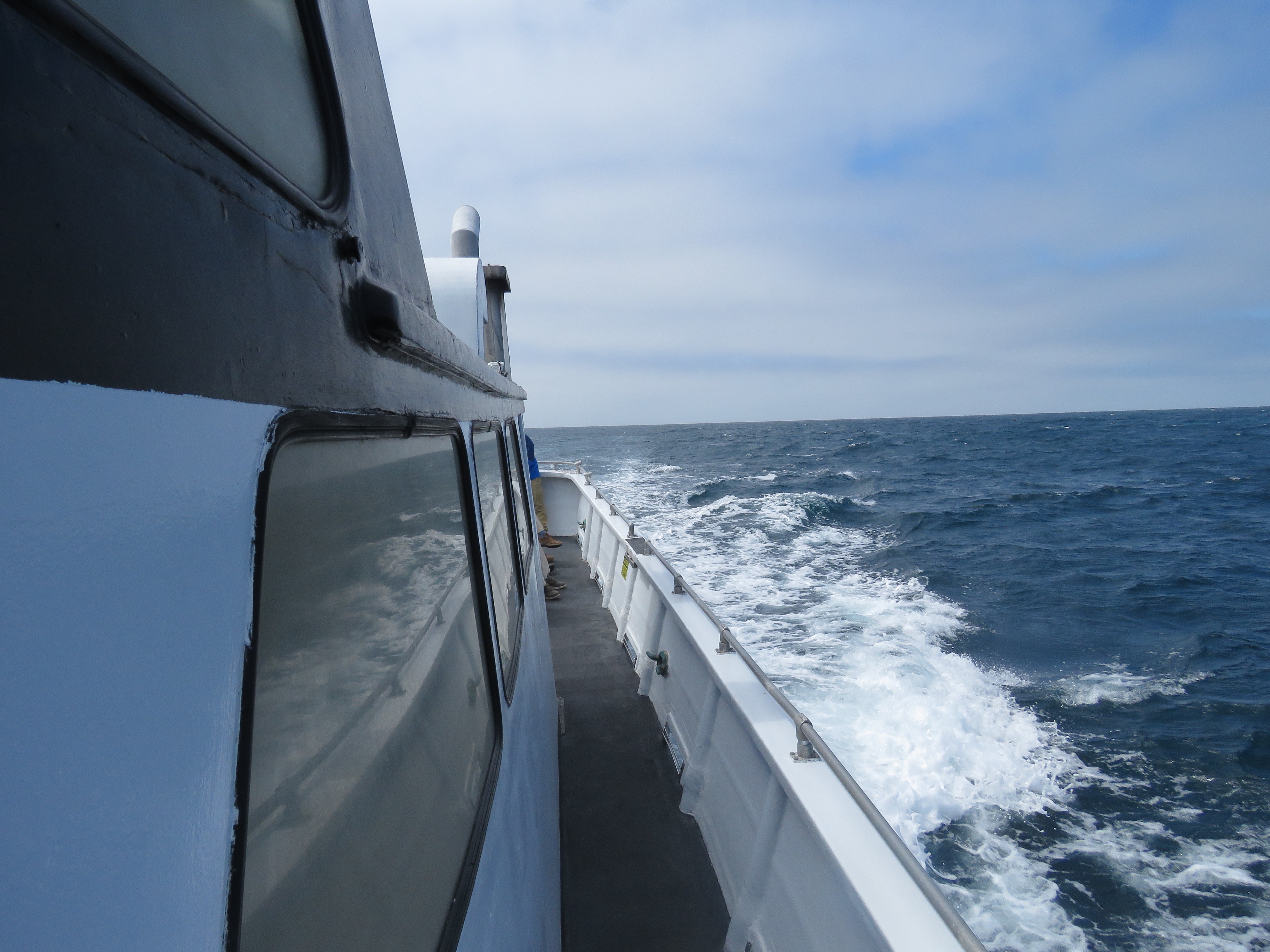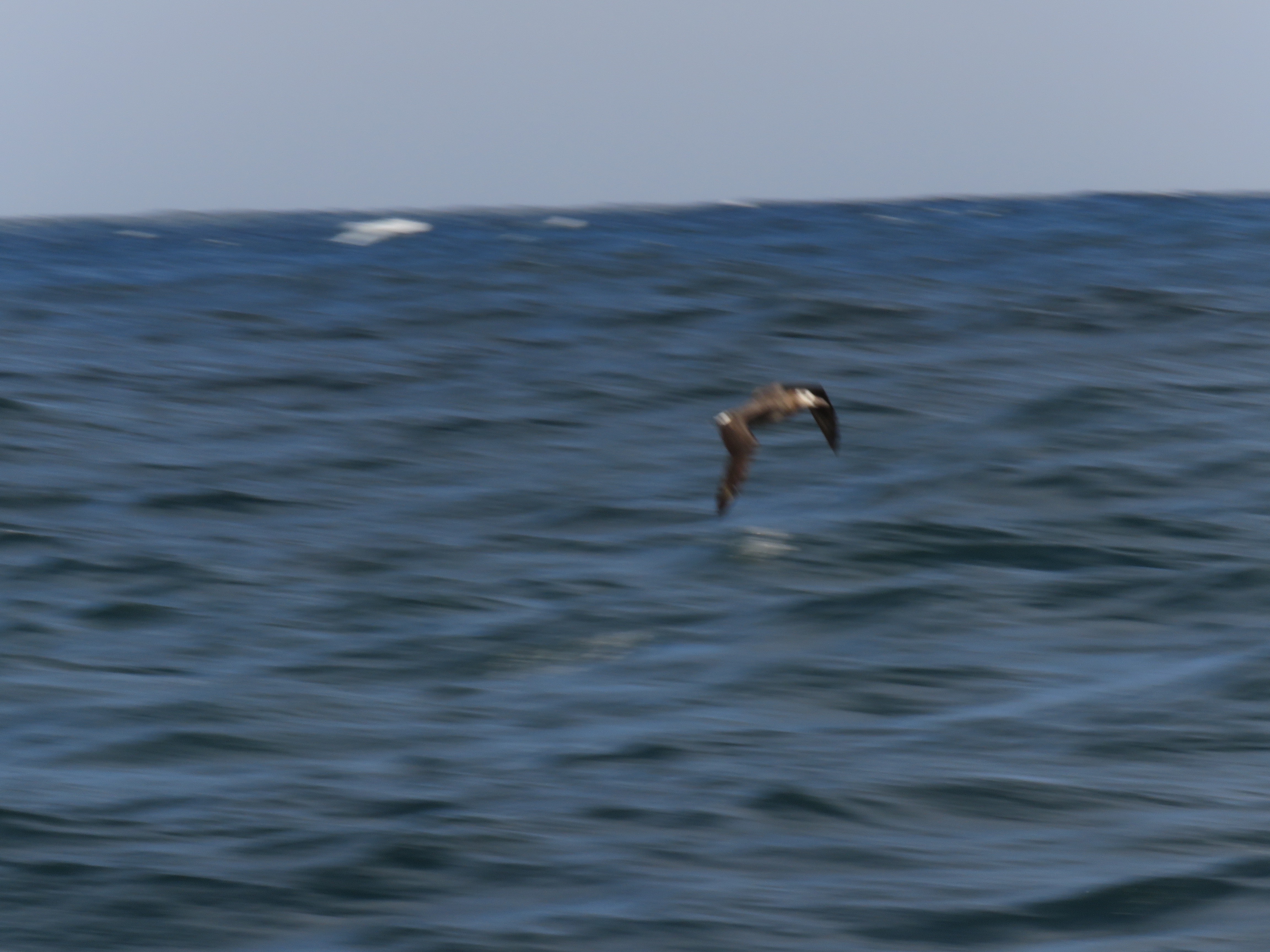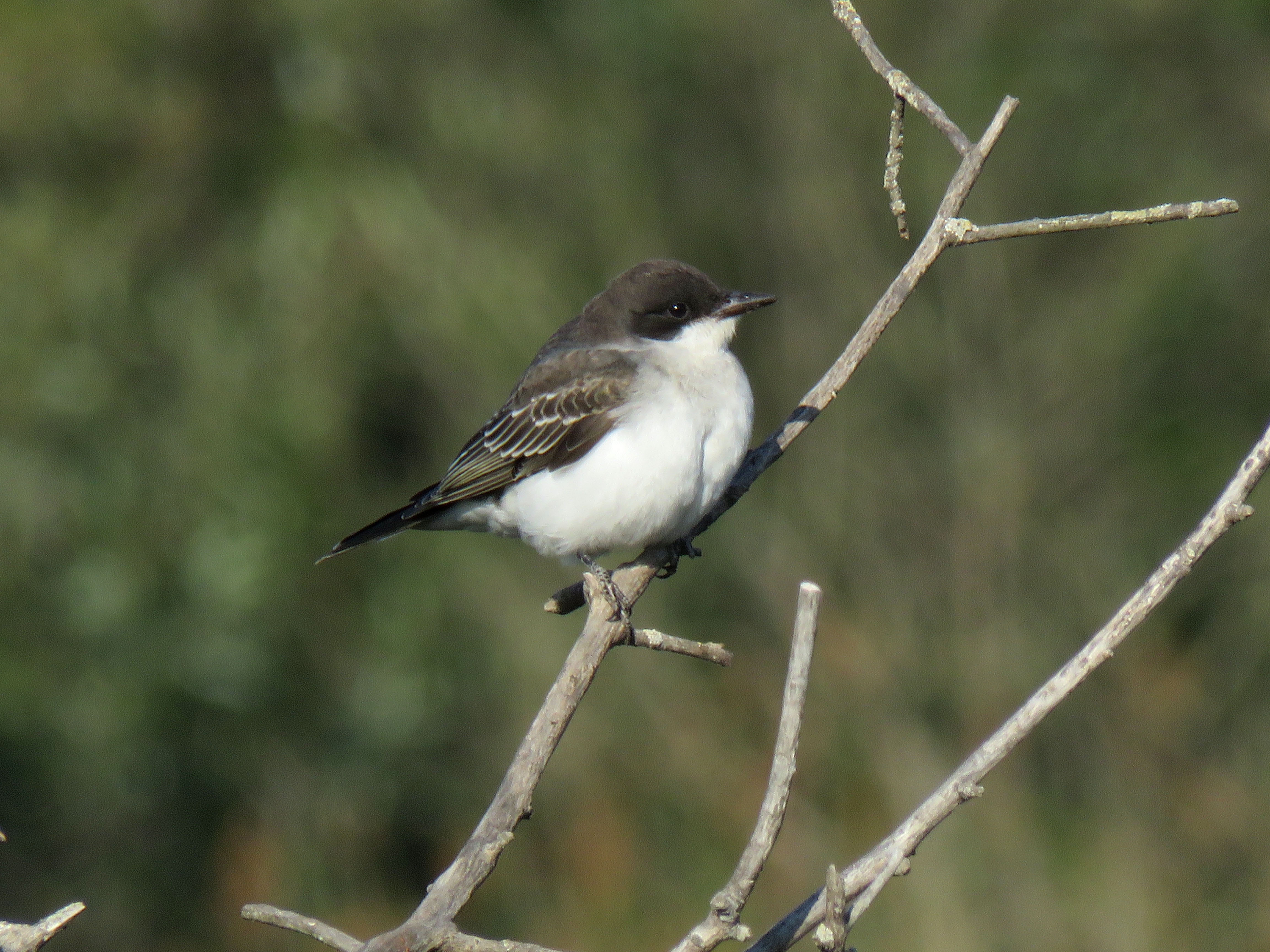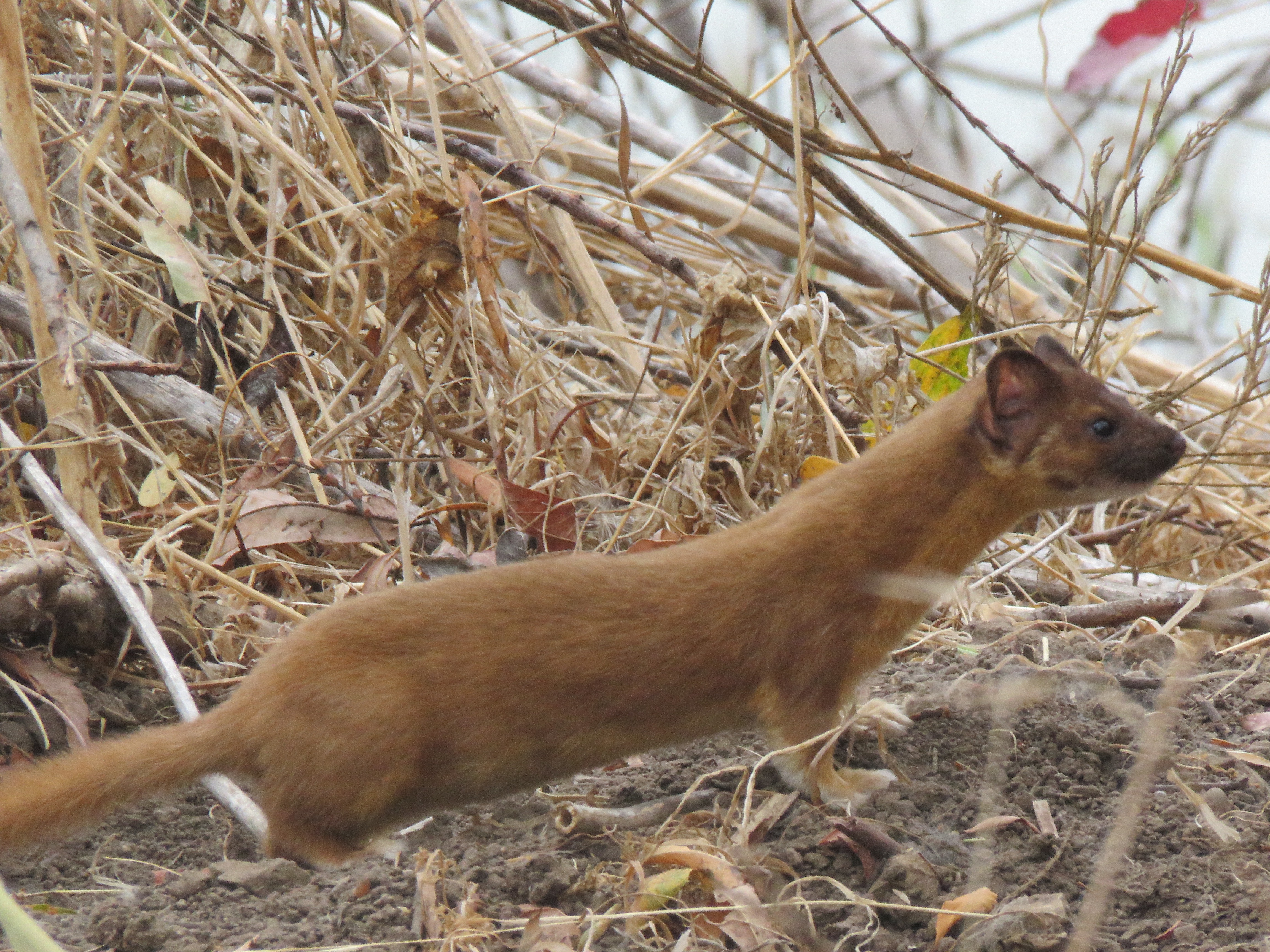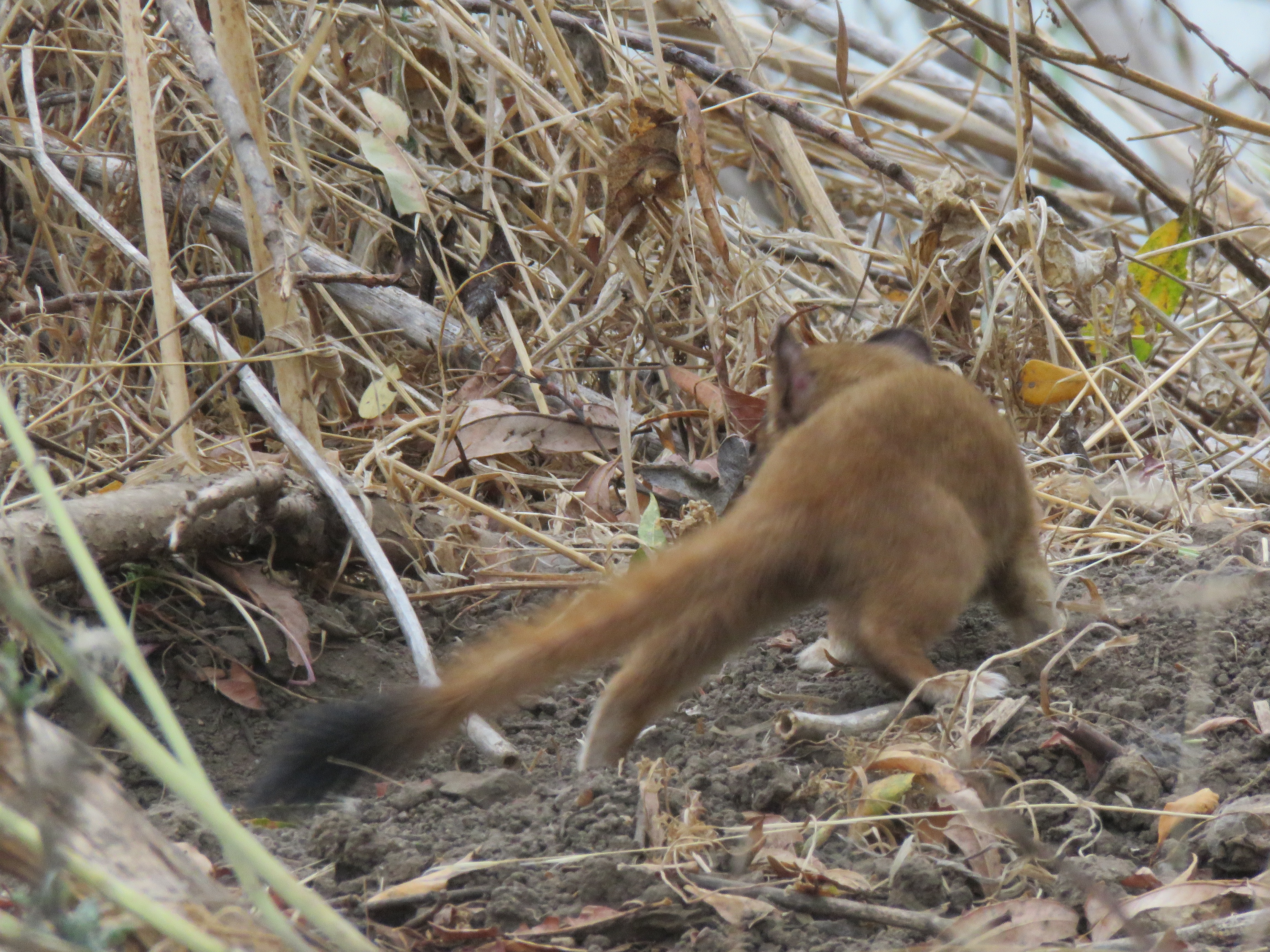The Westside of Santa Cruz has been recently active with fall migrants, including a few species that are considered rare in California.
I set out early on Sunday morning and the most challenging part of my migrant search was getting to the Westside of Santa Cruz. Streets where blocked off because of a bicycle race which made getting to the Homeless Garden and Antonelli Pond a chore. Highway One was blocked off at Western Drive and I was hoping the two rarities seen the day before would still be in the area. Now I waited, a bit impatiently, as a CHP officer let in a trickle of traffic at Western Drive, in between clumps of cyclists.
I finally made my way across the intersection and turned left on Shafner, which was also blocked off by a CHP officer. Here was where two passions collided: birding and triathletes. And the triathletes were winning.
I found parking at the end of Shafner and crossed the rusted railroad tracks and headed into the Homeless Garden. The garden was already occupied by five birders, with their large lens, looking for the first of the rare migrants on my list: bobolink.
After wandering around for ten minutes, I noticed a triad of birder-photographers with their lens pointed at a row of tall purple flowers. This is always a good sign because I reckoned they where not photographing a white-crowned sparrow or a lesser goldfinch but a rarer visitor called a bobolink.
What’s in a name? Well bobolink is onomatopoeic of it’s call. Other birds whose common name is derived from the sound of it’s call are: chickadee, whip-poor-will, dickcissel, bobwhite, chachalaca, hoopoe, killdeer, poorwill, willet, kookaburra, and of course the cuckoo.

And now back to the Homeless Garden in western Santa Cruz: it turns out that the bird all the birders where looking at was the bobolink. The bird was very accommodating as it perched up on the vegetation and held relatively still.

Now I was going to try for the second county bird (and third for the weekend) and this bird was much rarer. This bird had only been recorded in Santa Cruz County once before. I had first seen a white-eyed vireo in Southern Texas in 2013. Now one was out on the West Coast.
I headed east down the railroad tracks and I could see about ten birders peering into the bushes on either side of the track. I had passed two birders who had already given up on the bird and where heading to the garden to look at the bobolink.
Now sometime magic happens in birding. Where you happen to be at just the right place at just the right time. Such was the case as I approached the group of birders and was just about to ask if they had had any luck with the vireo when one of the birders exclaimed, “There’s the bird!” And pointed into the top of a rail side tree. Some of the birders and been searching for the vireo for over two hours and here I come, Johnny- Come-Lately, and the bird seems to appear out of nowhere.
I got bins on the foraging vireo, two white wing bars, yellowish wash, white throat, and a distinctive white eye with a dark pupil. This was the bird all the birders were here to see. White-eyed vireo!
The vireo moved from tree to tree and at one point was foraging with a mixed feeding flock in a pine. Beside the white-eyed, the flock included warbling vireo, pygmy nuthatch, Townsend’s warbler, chestnut-backed chickadee, dark-eyed junco, Bewick’s wren, oak titmouse, both downy and hairy woodpeckers, and bushtits.
As we searched the feeding flock in the pine, we where joined by more birders. I could only gesture to the place where the white-eyed vireo used to be but had not been seen in the last few minutes. We where joined by more and more birders and a tallish, bespectacled man stood to my left peering into the pine. And here is where I used my odd and often under-appreciated superpower: identify obscure “celebrates”.
Low and behold, the birder standing next to me was none other than the acclaimed novelist, Jonathan Franzen. He is the the author of the National Book Award winner, The Corrections (which I have not read). He is also a birder and has written essays about birds and birding (one essay is titled “My Bird Problem”). Franzen now lives in Santa Cruz, which explains why he was here on a Sunday morning, attempting to get a glimpse of the wayward vireo. I’m not sure he got that glimpse because I returned to my car shortly afterwards with a county twofer.



